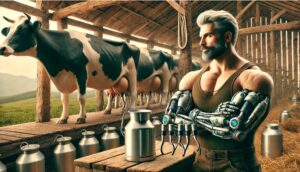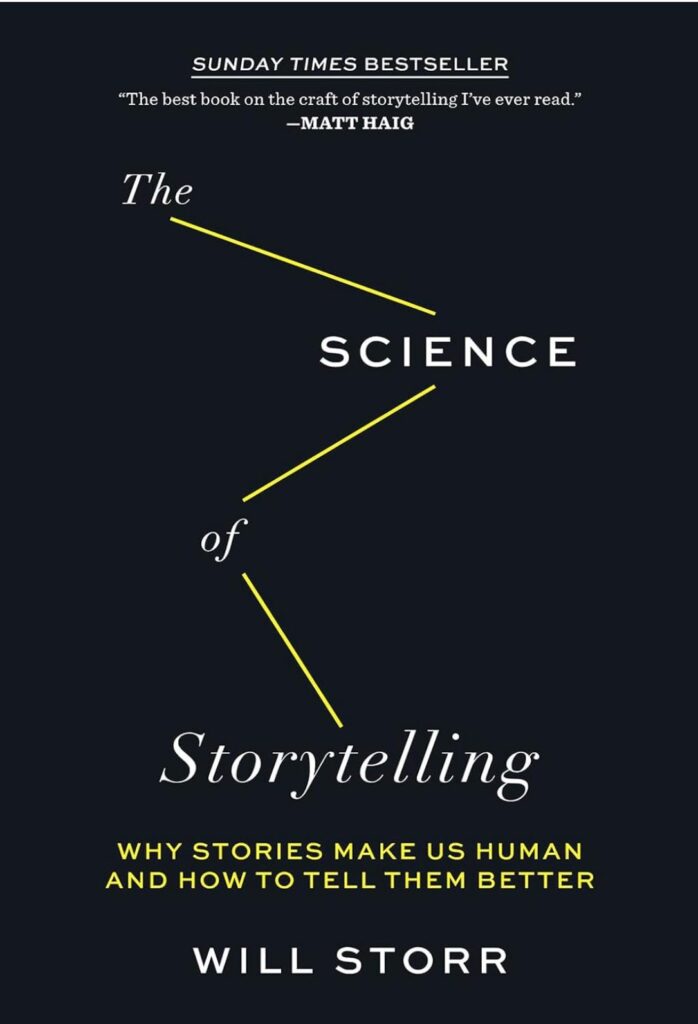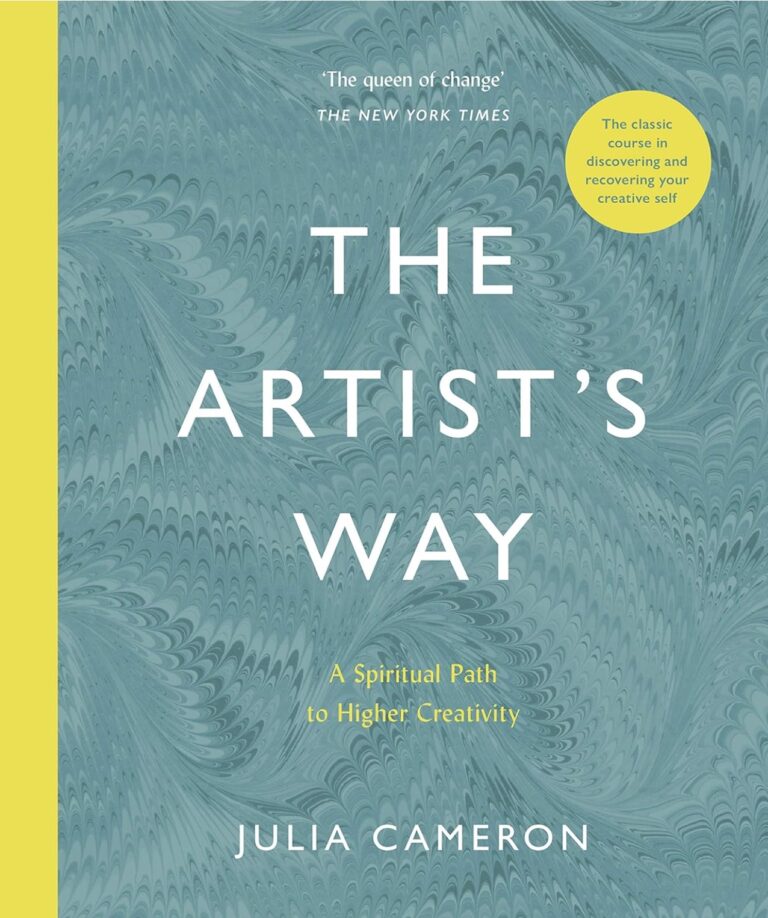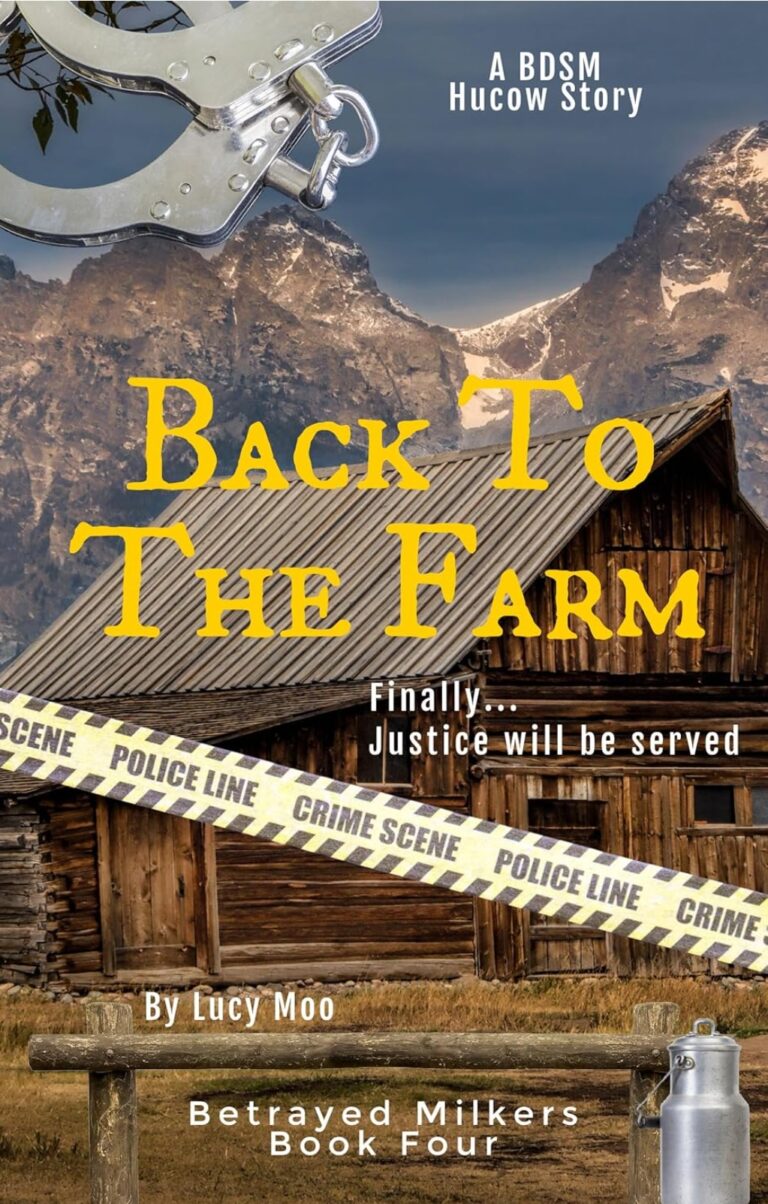As Hucow writers, we know that transformation is one of the key elements in our stories. It’s more than just a physical change—it’s a metaphor for emotional growth and internal evolution.
When a character undergoes a transformation, particularly in Hucow fiction, it represents something deeper than just the outward shift from human to Hucow. It’s about acceptance, surrender, empowerment, and the journey toward becoming who they’re meant to be.
I’ve found in my own Hucow writing that the transformation process is incredibly rich ground for exploring a character’s emotional journey. Whether it’s the slow, sensual shift of identity or a sudden, jarring metamorphosis, transformation can mirror the emotional conflicts that drive the story forward.
In this post, I’ll walk through how to use transformation in your Hucow stories as a powerful metaphor for emotional growth.
Table of Contents
ToggleThe Physical Transformation: More Than Just the Body
The physical changes a character goes through are a major part of any Hucow story. But it’s important to remember that these transformations are never just about the body—they’re also about what’s happening inside the character’s mind.
Linking Physical Changes to Emotional Shifts
In one of my stories, the protagonist’s transformation began slowly. Her breasts became fuller, her body more sensitive, and with every physical change came an emotional response. At first, she resisted, feeling fear and uncertainty. But as the transformation progressed, she began to surrender to the process. Her body’s changes mirrored her emotional journey—she went from fighting the change to accepting, and eventually embracing, her new identity as a Hucow.
I love using physical changes as symbols for what’s happening on the inside. For example, fuller breasts can symbolize a growing sense of purpose, while the act of milking can represent emotional release or submission. As her body changes, so too does her perspective and sense of self.
Transformation as a Reflection of Inner Conflict
The transformation process can also be a way to explore inner conflict. In one story I wrote, the protagonist struggled with the idea of becoming a Hucow. She was torn between wanting to maintain her independence and being drawn to the power dynamics that came with the transformation. Her body’s changes became a battleground for her internal struggle—each new development brought her closer to a decision she wasn’t ready to make.
This tension between resisting and embracing the change is something readers find compelling. It turns the physical transformation into an emotional journey, where the stakes are not just about the body, but about identity and control.
Milking as a Metaphor for Release and Acceptance
Milking is a central trope in Hucow stories, but it can also serve as a powerful metaphor. In many of my stories, the first milking scene represents a moment of emotional release, where the Hucow fully accepts her new identity and the life that comes with it.
The Emotional Weight of Milking
In one Hucow story I wrote, the protagonist was terrified of her first milking session. She had fought against her transformation every step of the way, but when the moment finally came, she realized she couldn’t resist any longer. T
he act of milking became a release for all the pent-up emotions she had been holding back—fear, desire, uncertainty, and even relief. By the end of the scene, she had fully surrendered, both physically and emotionally.
Milking can be used to symbolize many things—surrender, trust, release, even empowerment. It’s not just a sensual moment, but an emotional one that ties the physical act to the character’s internal growth.
Using Milking to Deepen the Alpha-Hucow Bond
Milking scenes also provide an opportunity to deepen the emotional bond between the Alpha and the Hucow. In one of my stories, the Alpha was firm but gentle during the first milking, guiding the Hucow through the process with care.
This not only showed the physical dynamic between them but also revealed the emotional connection that was developing. The act of milking became a way for the Hucow to trust the Alpha and begin to accept her new role.
By making these scenes emotionally rich, you can elevate the standard milking trope into something much more meaningful for the character’s journey.
Breeding as the Ultimate Acceptance
Breeding is often seen as the climax of a Hucow story, representing the final step in the transformation. But it’s more than just a physical act—it can also symbolize ultimate acceptance of the Hucow’s new identity and her place in the power dynamics of her world.
Breeding as a Symbol of Full Transformation
In one of my Hucow stories, the breeding scene marked the point where the protagonist had fully embraced her transformation. Throughout the story, she had been slowly adjusting to her new life, but it was during the breeding that she truly surrendered. The act was not just about procreation—it was about accepting her place within the farm’s hierarchy and understanding her role in the larger world of Hucows.
This moment of acceptance is key in many Hucow stories. It’s where the character fully steps into her new life, both physically and emotionally. The transformation is complete, and the emotional journey reaches its peak.
Emotional Growth Through Submission
Breeding can also be used to show the emotional growth that comes from submission. In another story, my protagonist started out defiant and resistant to her new role. But as her relationship with the Alpha deepened, she began to find power in her submission. By the time the breeding scene arrived, she was no longer fighting her new identity—instead, she had found strength in it.
Readers love seeing this kind of emotional growth. It adds depth to the story and makes the character’s journey more satisfying, showing that submission doesn’t mean weakness but can actually be a source of power and self-discovery.
Power Dynamics and Emotional Conflict
Power dynamics are a key element in Hucow stories, and they’re often at the heart of the emotional conflict. How the Hucow navigates her relationship with the Alpha—and how she comes to terms with her new position—can be a powerful metaphor for emotional growth.
The Hucow’s Struggle for Control
In many of my stories, the Hucow’s emotional journey is about letting go of control. At first, the protagonist often resists the Alpha’s dominance, trying to maintain her independence. But as the story progresses, she learns that surrendering control can actually lead to emotional freedom.
The power dynamics in these stories are not just about physical submission—they’re about the emotional journey of trusting someone else and letting go of old fears.
I think this is what draws so many readers to Hucow stories—the tension between control and surrender is deeply emotional and resonates on a personal level.
Emotional Resolution Through Power Balance
In one of my Hucow stories, the Alpha was not just a dominant figure—he was also a source of comfort and security for the Hucow. As their relationship developed, the power dynamic between them became more balanced.
The Hucow learned to trust the Alpha, and in turn, the Alpha learned to respect her emotional needs. By the end of the story, the power dynamic had shifted from one of pure control to one of mutual trust and understanding.
This kind of emotional resolution is what makes Hucow stories so satisfying. The characters don’t just find their roles within the power dynamic—they grow emotionally, and that growth is reflected in the transformation process.
Happily Ever After: The Reward for Emotional Growth
In Hucow stories, the Happily Ever After (HEA) is more than just a romantic conclusion—it’s the reward for the emotional growth the characters have undergone. After all the struggles, transformations, and power dynamics, the HEA represents a place of emotional peace and fulfillment.
A Satisfying HEA Through Acceptance
In one of my Hucow stories, the HEA was particularly satisfying because the protagonist had fully embraced her transformation, both physically and emotionally. She had gone from resisting her new identity to finding joy and fulfillment in her role as a Hucow.
The HEA wasn’t just about her relationship with the Alpha—it was about her relationship with herself. Readers loved this, commenting on how satisfying it was to see her come full circle.
The emotional growth your character experiences throughout the story should lead to an HEA that feels earned. It’s not just about the physical transformation—it’s about the emotional journey, and the HEA is the final, rewarding step in that process.
A Future of Continued Growth
Even though the story ends with a Happily Ever After, the emotional journey doesn’t stop there. In some of my stories, I’ve left hints that the Hucow’s growth will continue even after the story ends.
Maybe she’s found peace in her role, but she’ll continue to grow emotionally as she settles into her new life. This leaves readers with a sense of satisfaction, knowing the character’s journey is ongoing.
Conclusion
Transformation in Hucow stories is about so much more than just physical changes. It’s a metaphor for emotional growth, acceptance, and the journey toward self-discovery.
Whether it’s through the act of milking, the power dynamics between the Alpha and the Hucow, or the ultimate act of breeding, transformation provides rich ground for exploring your character’s emotional evolution.
I hope this post helps you think about how to use transformation as a powerful tool for emotional storytelling in your Hucow stories. Your readers will appreciate the deeper layers you bring to the narrative, and it will make the story all the more engaging and satisfying.
References
Please see the below references for more information on this fascinating topic.
- Hucow Emotional Growth in Fiction – A guide to writing emotional arcs in Hucow fiction.
- Writing Transformation Themes – Tips on using transformation as a metaphor for character growth.
- Power Dynamics in Romance – A resource on exploring power dynamics in Hucow stories.
- Milking as Metaphor – A deep dive into using milking scenes to symbolize emotional release.
- Writing HEAs in Erotic Fiction – A guide to crafting satisfying Happily Ever Afters in Hucow and other erotic romance genres.
- Character Growth Through Submission – Exploring how submission can be used to show emotional growth in romance fiction.
- Building Emotional Conflict – Techniques for adding emotional conflict to Hucow stories.
- Transformation and Identity in Fiction – A look at how transformation themes can shape identity in romance stories.







































